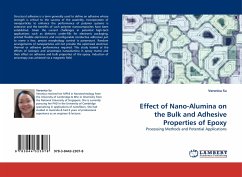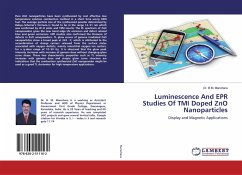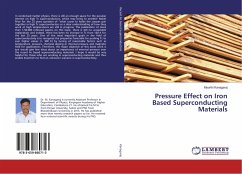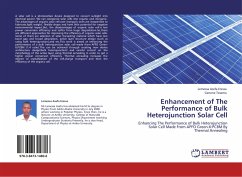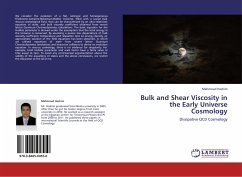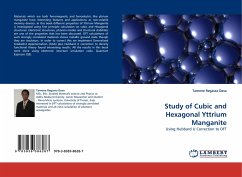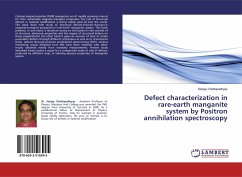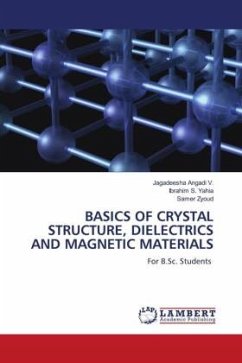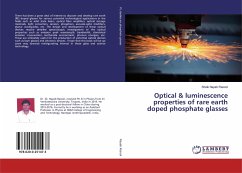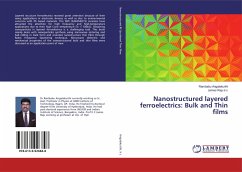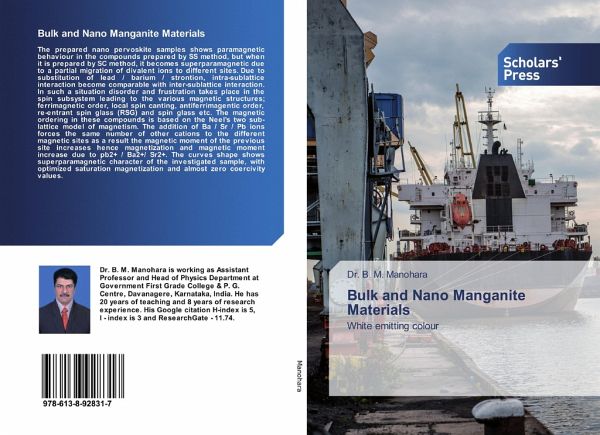
Bulk ¿nd Nano Manganite Materials
White emitting colour
Versandkostenfrei!
Versandfertig in 6-10 Tagen
40,99 €
inkl. MwSt.

PAYBACK Punkte
20 °P sammeln!
The prepared nano pervoskite samples shows paramagnetic behaviour in the compounds prepared by SS method, but when it is prepared by SC method, it becomes superparamagnetic due to a partial migration of divalent ions to different sites. Due to substitution of lead / barium / strontion, intra-sublattice interaction become comparable with inter-sublattice interaction. In such a situation disorder and frustration takes place in the spin subsystem leading to the various magnetic structures; ferrimagnetic order, local spin canting, antiferrimagentic order, re-entrant spin glass (RSG) and spin glass...
The prepared nano pervoskite samples shows paramagnetic behaviour in the compounds prepared by SS method, but when it is prepared by SC method, it becomes superparamagnetic due to a partial migration of divalent ions to different sites. Due to substitution of lead / barium / strontion, intra-sublattice interaction become comparable with inter-sublattice interaction. In such a situation disorder and frustration takes place in the spin subsystem leading to the various magnetic structures; ferrimagnetic order, local spin canting, antiferrimagentic order, re-entrant spin glass (RSG) and spin glass etc. The magnetic ordering in these compounds is based on the Neel's two sub-lattice model of magnetism. The addition of Ba / Sr / Pb ions forces the same number of other cations to the different magnetic sites as a result the magnetic moment of the previous site increases hence magnetization and magnetic moment increase due to pb2+ / Ba2+/ Sr2+. The curves shape shows superparamagnetic character of the investigated sample, with optimized saturation magnetization and almost zero coercivity values.



